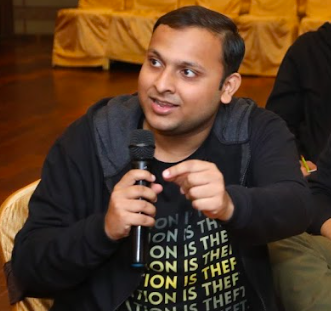I am 22, go to college, and live happily and carefree — well, except when I have to submit a term paper. But in some countries, young people are not as lucky as I am.
They do not enjoy the freedom of youth as they are compelled to protest against unjust regimes. The nature of these protests could cost them their lives. And, in some cases, this applies to neutral people who mind their own business.
This was the case for Mahsa Amini in Iran, who was my age when the Guidance Patrol in Tehran killed her. Up until then, she had led a normal life. According to reports, “Amini minded her own business and steered clear of politics (…) traits that most Iranians hope would keep them out of trouble in the Islamic Republic.”
Police arrested her for allegedly not wearing a hijab properly. Her trousers were also deemed too tight for the establishment to tolerate. During her arrest, she suffered fractures to the skull and passed away three days later from her injuries.
Her death sparked widespread reactions and protests in various parts of Iran and across the world. She became a symbol of the plight of the Iranian people, united in seeking change and greater freedom
The protests emerged against the longstanding hijab mandates. However, the idea that this was just because of the mandates is wrong. This is a moment of reckoning for Iran – perhaps the moment.
The 1979 revolution saw the overthrow of the Shah, a leader who had been in power for over two decades. It was in response to the Shah’s oppressive regime, which had suppressed dissent and led to economic hardship for many Iranians.
The revolution ushered in a new era of religious and political conservatism and led to the exclusion of women from many aspects of public life. The revolution also significantly impacted the country’s foreign relations, as Iran became increasingly isolated from the West.
It is important to remember that Iran was once a regional leader and produced amazing art, literature, science and technology.
According to historian Firoozeh Kashani, the Islamic Republic today has been described as a pariah state, shunned by most of the international community, which generates a lot of frustration amongst its citizens — also reflected in the protests.
The government of Iran has responded to the protests with a heavy hand, killing hundreds of its own people in an attempt to quell the uprising. The protesters are in no mood to stop, as more and more people join them.
People in the streets, calling out for their rights, women burning hijabs, and cutting their hair short have become symbolic gestures of resistance. It seems the Iranians are not going to take it anymore.
If the headscarf is part of Islam and women are burning it due to Iran’s coercive mandates, the Iranian regime is responsible for it. Eight years ago, Yousef Tabatabaei-Nejad, a cleric affiliated with the supreme leader, urged that “giving a warning [for non-compliance] is not enough anymore,” adding that “we should raise the stick and use force.”
As a result, some men took it upon themselves to implement force and decided to throw acid on the faces of women who they deemed were not wearing hijabs properly.
We should view the acid attacks alongside the years of public shaming and abuse faced by women in the Islamic Republic. The clerics of Iran have behaved in such unsavory ways in the name of the hijab that burning it has become a symbol of defiance against the regime.
Now, the anger stemming from years of international alienation has coupled with the cold-blooded killing of an innocent 22-year-old girl. This has brought about a unity of cause among the Iranian people, as individuals from across generations, socioeconomic groups, and backgrounds are demonstrating together with one voice in a daring and unyielding act. With the weeks going by, Iranians are remaining resolute in demanding real change.
The protesters have bravely taken to the streets, risking arrest and harassment, to fight against an unjust system. It looks like the Iranian people have found a new sense of reckoning, which could spell the beginning of the end for the current regime.
For more content relating to human rights and civil discourse, be sure to check out our Peace, Love, Liberty video playlist by clicking on the button below.
This piece solely expresses the opinion of the author and not necessarily the organization as a whole. Students For Liberty is committed to facilitating a broad dialogue for liberty, representing a variety of opinions.



